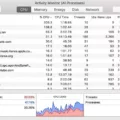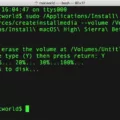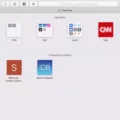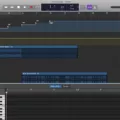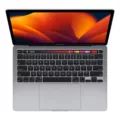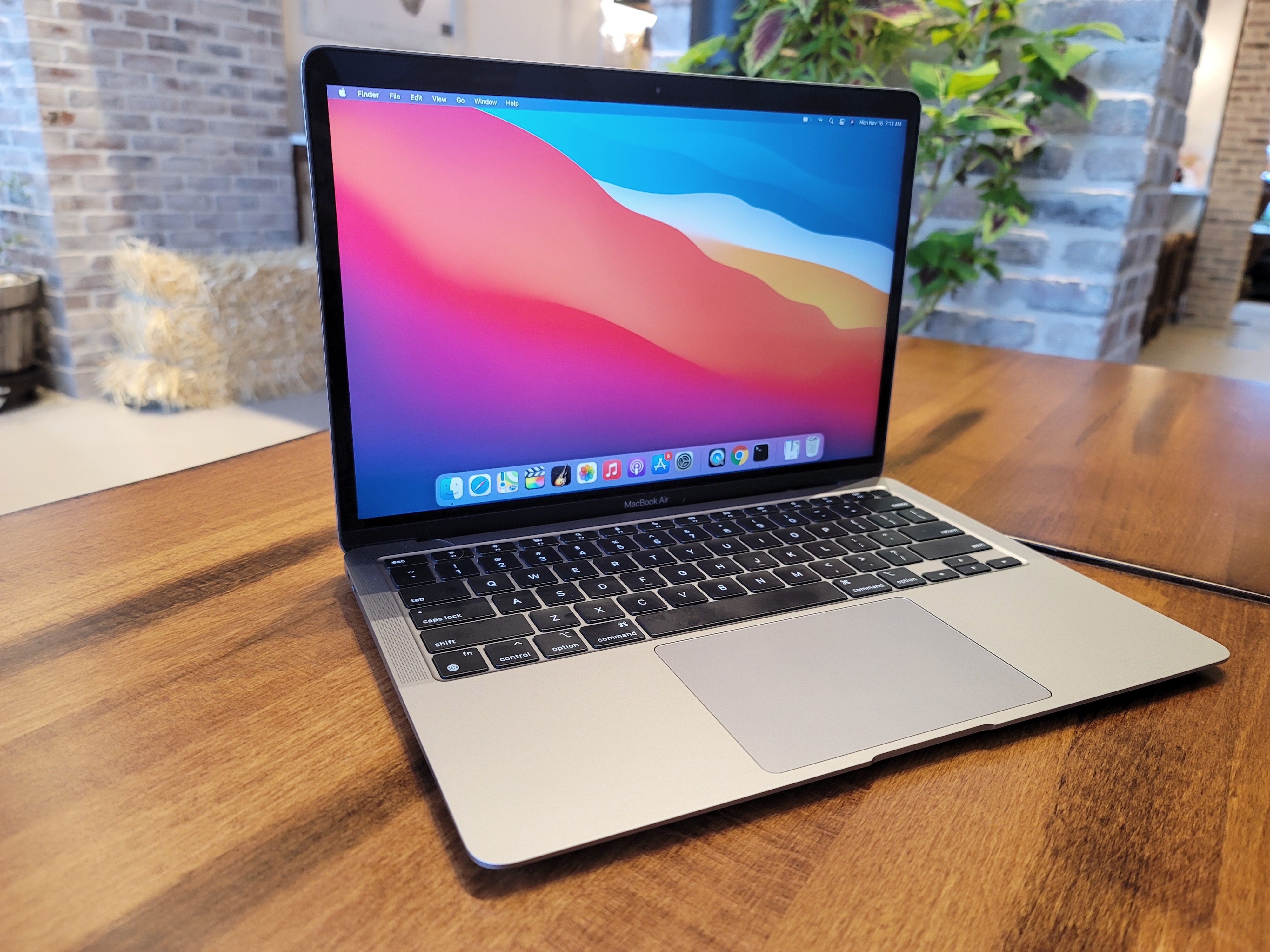If you’ve ever looked at your computer’s file explorer, you may have noticed a mysterious drive labeled “D:”. So what is the D: drive, and how can you use it?
In most cases, the D: drive is a secondary hard drive installed on a computer. This drive is often used to hold the restore partition or to provide additional disk storage space. While most people use the C: drive for the Windows operating system and installed programs, the D: drive is commonly used for storing personal data files, such as documents, pictures, and music.
If you want to clean off the contents of your D: drive to free up some space, you can do so by deleting unnecessary files or transferring them to another storage device. Alternatively, if you’re assigning your computer to another worker in your office, you may want to wipe the D: drive clean to remove any personal data that you don’t want to share.
To access your D: drive, open File Explorer and look for it under “This PC.” If you don’t see it there, it’s possible that your hard drive hasn’t been partitioned. You can partition your hard drive using Disk Management, a built-in Windows tool that allows you to create, delete, and resize partitions.
If you prefer to use the command prompt to open your D: drive, you can do so by pressing Windows + R, typing “cmd,” and hitting Enter. Once the command prompt window opens, type the drive letter of your desired drive (in this case, D:), followed by a colon, and hit Enter again.
The D: drive is a useful tool for storing personal data files and freeing up space on your primary hard drive. Whether you’re cleaning it out or using it for backup purposes, understanding how to access your D: drive can help you better manage your computer’s storage space.
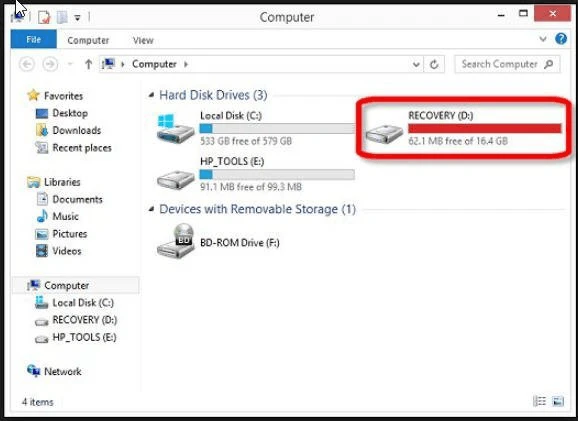
Uses of the D Drive
The D drive, typically found on a computer, is a secondary hard drive used for various purposes. It can serve as a backup or restore partition, providing a redundant copy of important system files in case of a failure. In addition to this, it can also be used as additional storage space to store files, documents, photos, and videos. The D drive may also be utilized to install programs, which can help free up space on the primary hard drive. It is worth noting that some manufacturers may pre-install software or utilities on the D drive. it is important to keep in mind that the specific use of the D drive may vary depending on the individual system configuration and user needs.
Difference Between C: Drive and D Drive
The difference between C: drive and D drive lies in their purposes and functions. The C: drive is typically used as the primary hard disk drive for the Windows operating system and installed programs. It contains all the essential files and settings required for the system to function properly.
On the other hand, the D drive is often used as a secondary drive for storing data, such as documents, music, videos, and photos. It can also be used as a backup drive for important files and folders.
It is worth noting that the D drive can also serve as a recovery partition in some cases. Manufacturers often include a recovery partition on the hard drive, which can be used to restore the system to its original state in the event of a major issue.
To summarize, the C: drive is primarily used for the operating system and installed programs, while the D drive is typically used for storing data and backups.
Location of the D Drive on a Computer
The D drive, if present, can be found in File Explorer. To access File Explorer, you need to right-click on the Windows icon on the bottom left corner of your screen and select “File Explorer”. Once you are in File Explorer, you will see “This PC” on the left-hand side of the window. Click on it and you will see all the drives connected to your computer, including the D drive.
If the D drive is not visible in File Explorer, it is possible that your hard drive has not been partitioned yet. To partition your hard drive, you can use the Disk Management tool. To access Disk Management, right-click on the Windows icon on the bottom left corner of your screen and select “Disk Management”. Once you are in Disk Management, you can see your hard drive and its partitions. If you don’t see a partition labeled “D”, you can create one by right-clicking on the unallocated space on your hard drive and selecting “New Simple Volume”.
In summary, to locate the D drive on your computer, you need to open File Explorer and check if it is visible under “This PC”. If it’s not visible, you may need to partition your hard drive using the Disk Management tool.
Accessing the D Drive
To open the D drive on your computer, you can make use of the Command Prompt utility. Firstly, press the Windows key + R on your keyboard to open the Run dialog box. Next, type in “cmd” in the text field and press Enter or click on the OK button. This will open the Command Prompt window.
In the Command Prompt window, type in “D:” and press Enter. This will change the directory to the D drive. If you wish to view the contents of the D drive, you can type in “dir” and press Enter. This will display the list of files and folders present in the D drive.
Alternatively, you can also open the D drive through the File Explorer. You can press the Windows key + E on your keyboard to open the File Explorer. Then, look for the D drive under the “This PC” section on the left side of the window. Double-click on the D drive to open it and view its contents.
Opening the D drive can be done through the Command Prompt or File Explorer. Through the Command Prompt, you need to type in “D:” to change the directory to the D drive, while through the File Explorer, you can find the D drive under the “This PC” section and double-click on it to open it.
Conclusion
The D: drive is a secondary hard drive that is commonly used to store data or as a recovery partition by manufacturers. It can be accessed through File Explorer or by using Command Prompt and typing the drive letter followed by a colon. It is important to note that if you want to clean off the contents of the D: drive, you should make sure to back up any important data before proceeding. Additionally, if the D: drive is not visible in File Explorer, you may need to partition your hard drive using Disk Management. Understanding the purpose and functionality of the D: drive can help you effectively manage your computer’s storage and ensure that your data is properly organized and protected.

